How To Get Rid Of Head Lice: Removal & Prevention Guide
Put an end to the harrowing lice infestation problem once and for all using this guide.
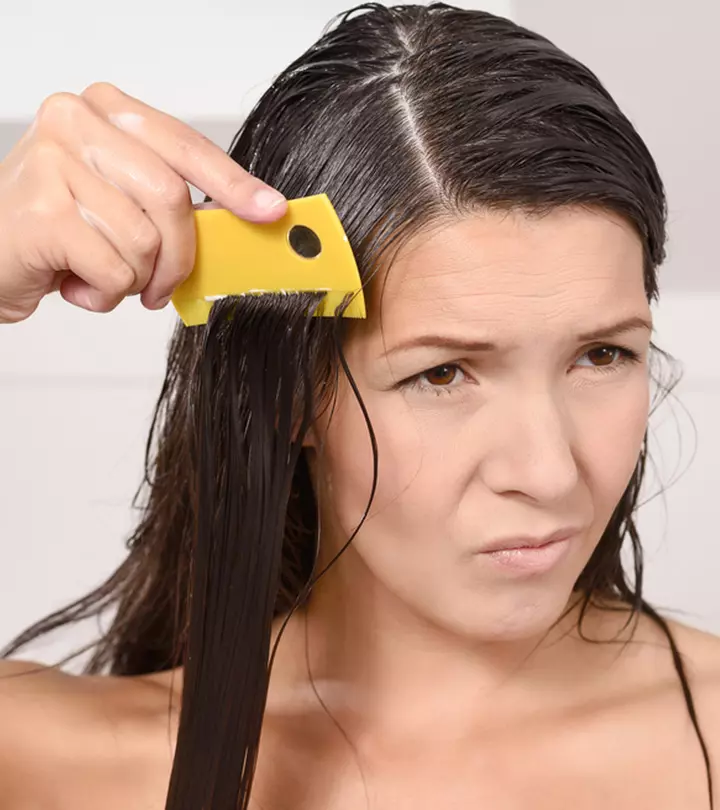
Image: ShutterStock
Head lice can give you a hard time and severely cause your scalp to itch. Therefore, you must act immediately to prevent the possibility of infections. But, how to get rid of head lice?
Well, removing these parasites can be a challenge at times. However, many natural remedies and treatment options are effective in eliminating them. These infestations are common, especially in school-aged children, and can cause extreme discomfort. Thus, knowing their life cycle, symptoms, and treatments is key to managing and preventing them. So, continue reading, as in this article, we will look at the best ways to remove and prevent head lice naturally and when you need to take medication. Scroll down!
In This Article
What Causes Head Lice?
Head lice mainly spread through direct head-to-head contact, especially among family members or children who are in close contact at school or during play. Although less common, they may also spread through personal items like hats, scarves, towels, headphones, hair accessories, brushes, and pillows. Storing personal items together, such as hats on the same hook, may also cause lice transmission.
Contrary to popular belief, pets like dogs and cats do not lead to the spread of head lice. Children in preschool through elementary school are the most susceptible to head lice infestations due to their close interactions (1).
Once you have identified head lice, you must immediately work on eradicating them. We have discussed how you can do that in the section below. Check it out.
Key Takeaways
- Head lice is spread through direct head contact and shared personal items like hats, brushes, and towels.
- Part the hair into sections and use a nit comb under bright light to check for live lice and eggs.
- Delousing products like permethrin lotions and pyrethrin shampoos kill the lice and their eggs effectively.
- Natural oils like anise, olive, and coconut may suffocate and kill lice too, but are less effective.
- After you check for lice, remember to wash your hair accessories and combs in boiling water. Also wash your bedsheets, clothes, and hats.
How Do You Remove Head Lice?
Depending on the number of lice one has and their skin type and allergies, there are several ways to remove head lice. Mentioned below is one among the easiest methods:
1. Check For Hair Lice

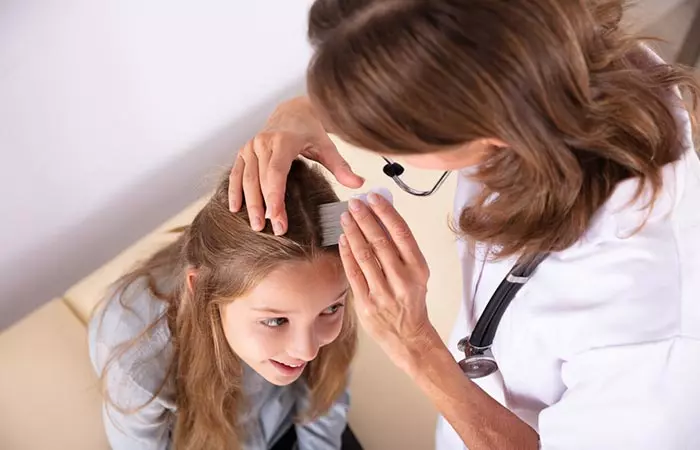
Most head lice treatment options tend to contain some pesticides. While they are not inherently dangerous, it is always better to use them sparingly. It also is important to determine you actually have head lice and are not mistaking it for some other hair issue (like dandruff).
- Start by thoroughly drenching your hair and sitting directly under bright light, either in the sunlight or under a bright lamp.
- With the help of a rat-tailed comb, divide your hair into thin sections and pay close attention to your scalp. Lice are grayish-brown insects that can be spotted easily.
- Search for white head lice eggs or nits. These eggs attach themselves to the hair strands.
- Removing the substance and pressing it between your gloved fingers can help you differentiate lice eggs from dandruff. If you hear a faint, sharp sound, you are holding an egg. If not, you probably have dandruff.
- Use your fingernails to pinch the hair strand directly beneath the white flake or egg, and pull it up on the hair strand tightly. If it comes off the hair, it is dry skin; if not, it is a lice egg.
Step 2. Shampoo Your Hair

The easiest way to get rid of hair lice is by washing your hair with a delousing shampoo. This product contains mild pesticides that help kill the lice.
If you notice eggs in your hair, we recommend using ovicides a type of shampoo specifically designed to kill both the lice and their nits.
That said, ovicides are not recommended for individuals with:
- Dry, flaky scalps
- Sensitive scalps with a history of allergies
- Injured scalps that are either bloody or crusty
If you have any of the aforementioned issues, check with your doctor before applying any product to your hair.
Step 3. Remove The Lice And Nits
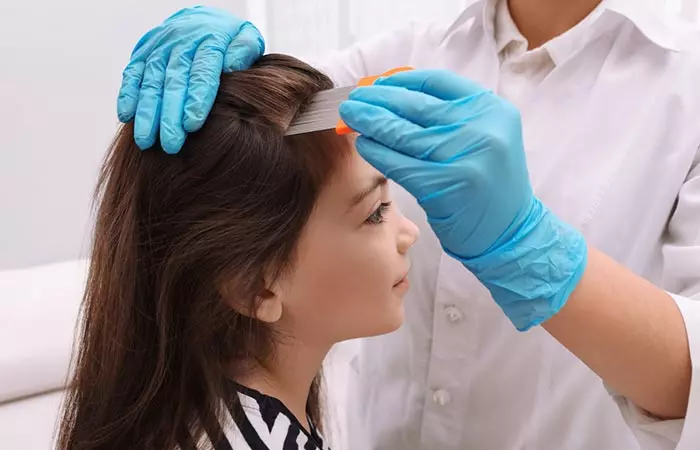
- With the help of a rat-tailed comb, divide the hair into several thin horizontal sections, starting from the crown and ending at the back of the head.
- Run a fine-tooth nit comb through each section of your hair.
- Clean out the dead lice and eggs from the comb before moving onto the next section.
Repeat this process at least thrice before your next hair wash.
Step 4. Repeat The Process
Repeat the shampoo-and-combing process all over again. Be sure to wash your clothes after each step to keep any fallen nits from entering your hair again. But if the lice persist even after two hair washes, we suggest you visit a doctor.
 Quick Tip
Quick TipWhile using a delousing shampoo is the most effective head lice removal method, several people may not have access to it. Read the next segment to find out how you can get rid of head lice naturally.
Removing Head Lice And Eggs Naturally
Unsurprisingly, you can also kill head lice with several products at home. Some of them are as follows:
1. Anise Oil
Anise oil is considered effective in removing head lice and nits in children (1). The liquid works by suffocating the lice and killing them. This herbal oil is also believed to be one of the effective oils for head lice prevention and can help stop lice re-infestation.
2. Olive Oil
Olive oil may also help remove head lice in ways similar to anise oil (2) By suffocating the head lice, this oil may help prevent re-infestation. People typically use a mixture of anise and olive oils for better results. You can also mix one to two drops of rosemary essential oil with your olive oil and apply it to your scalp for treating head lice (3).
3. Coconut Oil
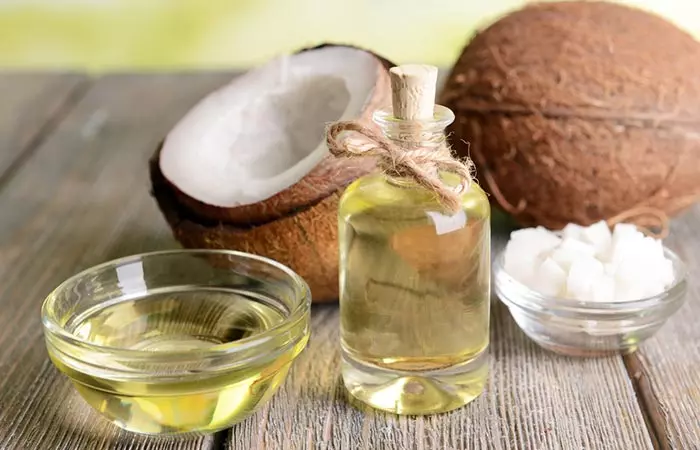
While not as effective as anise or olive oils, coconut oil is also a good solution to one’s head lice woes. Many people have used coconut oil to get rid of lice and claim it to be effective. Researchers also found that it may have some effects. They compared the effectiveness of using coconut oil with other over-the-counter medications. According to the results, coconut oil had an 80% effectiveness rate, whereas delousing shampoos had a 97.9% effectiveness rate (4).
Now that you know how to get rid of hair lice naturally, let us move on to medical treatments.
When Is Medication The Most Effective Way To Get Rid Of Head Lice?
As of today, delousing shampoos and lotions are undoubtedly the best methods to get rid of head lice. We, therefore, recommend using them before trying any other home remedy.
There are two types of over-the-counter delousing shampoos available on the market. They are:
1. Pyrethrins Delousing Shampoo
This delousing is made of an extract of chrysanthemums. It falls under a class of medication called pediculicides. The product can be used on individuals who are above the age of 2 years.
Typically, this shampoo needs to be used twice, seven days apart, to ensure the newly hatched lice are also killed. Do note, however, that this product is not meant for those who are allergic to ragweed and chrysanthemums.
2. Permethrin Lotion
A major drawback of the Pyrethrins delousing shampoo is that it can only kill the lice and not their eggs. As an alternative, many people opt for Permethrin Lotion, which eliminates the lice as well as their nits. It is safe for anyone over 2 months old.
This product does not wash off easily and instead leaves some residue on the hair. This, in turn, kills the newly hatched insects, thereby eliminating the head lice infestation completely.
That said, do note that your regular shampoo and conditioner may impact the effectiveness of this product. Therefore, you must re-apply the lotion after 10 days to completely eliminate lice infestation.
The Pyrethrins delousing shampoo and Permethrin lotion can be used on children. But many doctors recommend avoiding the application of medical treatments on any child under the age of two years. They instead suggest different herbal oils such as anise, coconut, and Olive to eliminate the infestation.
Consistently maintaining your hair is the best way to rid yourself of head lice and avoid re-infestation. Read the next segment to know more.
Post-Treatment Care For Head Lice
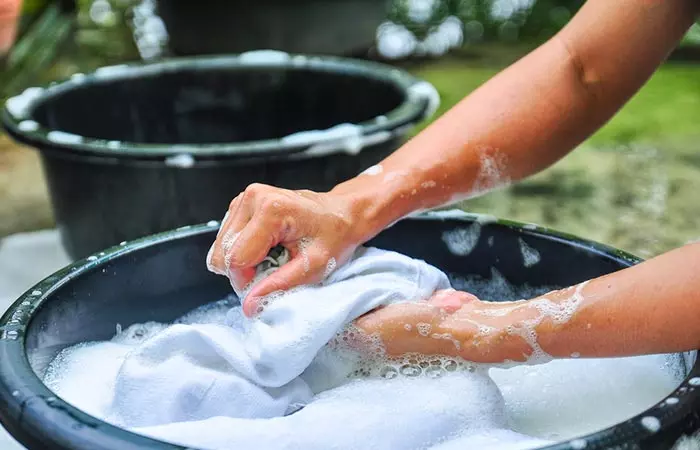
To avoid re-infestation, make sure you do the following:
- Use a head lice comb to brush out the dead lice or nits 8 hours after you apply the treatment.
- Soak all the combs, clips, and other products you use in boiling water for 5 to 10 minutes. This will ensure all the nits are killed.
- Wash your used clothes in either hot water or put them in the washing machine to kill the nits and insects that may have fallen on them.
- Do not shampoo your hair for 2 to 3 days after using the product. This will give the treatment more time to work on your hair.
- Check for nits and lice once every three weeks. If you find any, take corrective action immediately to avoid re-infestation.
Bear in mind that these treatments may not always give you the best results. What should you do in that case?
What If The Treatments Do Not Kill The Head Lice Fast?
In certain cases, over-the-counter treatments may not work. The reasons could be:
- The lice are too strong
- You have not followed the right usage instructions
- You have not applied the product at the right time
At this point, it is wise to approach your doctor to conduct a basic hair evaluation. They will either show you how to efficiently eliminate head lice with the help of other over-the-counter treatments or prescribe stronger medications.
You can also prevent lice infestations with a few tips and tricks. Read the next section.
Ways To Prevent Head Lice
1. Do Not Share Personal Belongings
For the most part, lice can move from scalp to scalp through their personal belongings (especially those used on the head). Hence, limit the number of personal items you share with others. These include:
- Caps
- Helmets
- Clothes
- Earphones
- Combs and brushes
- Scarves
- Jewelry and hair accessories
2. Use Appropriate Hairstyles
Hair-to-hair contact enables the lice to move from one scalp to another. Thus, you must contain your hair as much as possible. You can do this by braiding your locks and applying some styling spray to hold your strands in place.
3. Oil Your Hair
Oils such as coconut, olive, and anise protect your hair against infestation by suffocating the lice. Applying oil to your hair regularly may also prevent its spread.
4. Frequently Check For Lice
Making a habit of regularly checking your child’s hair for lice, particularly after close contact with other children can help in early detection and taking preventive measures to stop the infestation.
 Did You Know?
Did You Know?This graph from a 2025 study published in Parasitology Research shows the prevalence of pediculosis capitis before and during the lockdown. The majority of the children surveyed were inspected for lice once a week, followed by those inspected after head scratches were observed. During the lockdown, the prevalence of lice decreased from 69.6% to 43.9%.

Decrease In Head Lice Infestation During The Pandemic
Source: Head lice were also affected by COVID-19: a decrease on Pediculosis infestation during lockdown in Buenos AiresInfographic: Precautions For Using Head Lice Shampoo
The first line of treatment for most people when they discover they have lice is to use head lice shampoo. While these shampoos work relatively well to help you eliminate this pesky infestation, there are some precautions you need to follow to use them the right way. Check out the infographic below to know more!
Some thing wrong with infographic shortcode. please verify shortcode syntax
Head lice are parasites that cause an itchy scalp due to head lice bites. There are many easy methods to remove head lice. Shampooing the hair, removing the lice and nits, and repeating the process may help remove head lice. However, there are also some home remedies for head lice you can use as well. Anise oil, olive oil, and coconut oil may help remove these parasites naturally. You may also use over-the-counter products to eliminate lice. Also, do not share personal belongings like combs, helmets, and clothes, and oil your hair regularly to prevent a lice infestation.
Frequently Asked Questions
Can lice survive a hair dryer?
A hair dryer can effectively kill lice, but you will need to pair it with another method like oiling. You will also need to use a hair dryer every 1-7 days for about 4 weeks to kill all the lice.
How do I check myself for lice?
Use a fine comb to comb through your hair and check for lice.
Can lice get into ears?
Lice are commonly spotted behind the ears. If they enter the ear, they can cause itching and inflammation and may even lead to a bacterial infection.
Can you drown lice with conditioner?
Conditioners do not kill lice but can slow them down for a few minutes, making them easier to remove.
How long can lice live on a pillow?
Lice cannot live beyond 48 hours on a pillow as they need blood to survive.
How long can lice live on a hairbrush?
Lice can only live on inanimate objects for about 48 hours as they need blood to survive.
Illustration: How To Get Rid Of Head Lice And Eggs + Prevention Tips
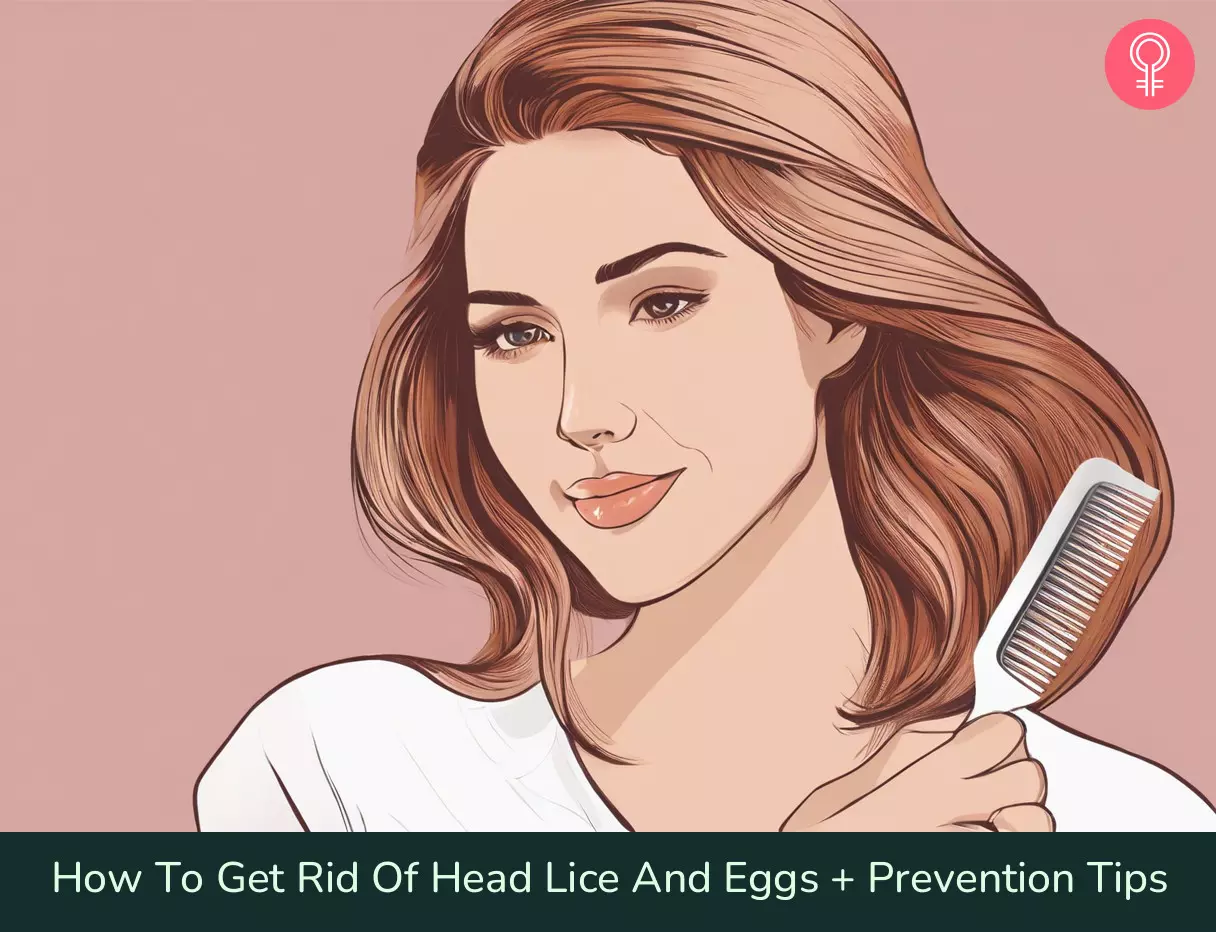
Image: Stable Diffusion/StyleCraze Design Team
References
Articles on StyleCraze are backed by verified information from peer-reviewed and academic research papers, reputed organizations, research institutions, and medical associations to ensure accuracy and relevance. Read our editorial policy to learn more.
- Head Lice
https://www.ncbi.nlm.nih.gov/pmc/articles/PMC5165061/ - Home remedies for Pediculus humanus capitis infection among schoolchildren
http://www.odermatol.com/odermatology/20182/6.Home-ObaidHM.pdf - EFFICACY OF DIFFERENT ESSENTIAL OILS, USES IN CASE OF TREATMENT AND CONTROL THE HEAD LICE
http://www.journalijar.com/uploads/31_IJAR-17184.pdf - Efficacy of chemical and botanical over the counter pediculicides available in Brazil, and off label treatments, against head lice ex vivo
https://onlinelibrary.wiley.com/doi/abs/10.1111/j.1365-4632.2009.04335.x
Read full bio of Madison Dufour
Read full bio of Annie Jangam
Read full bio of Ramona Sinha
Read full bio of Monomita Chakraborty






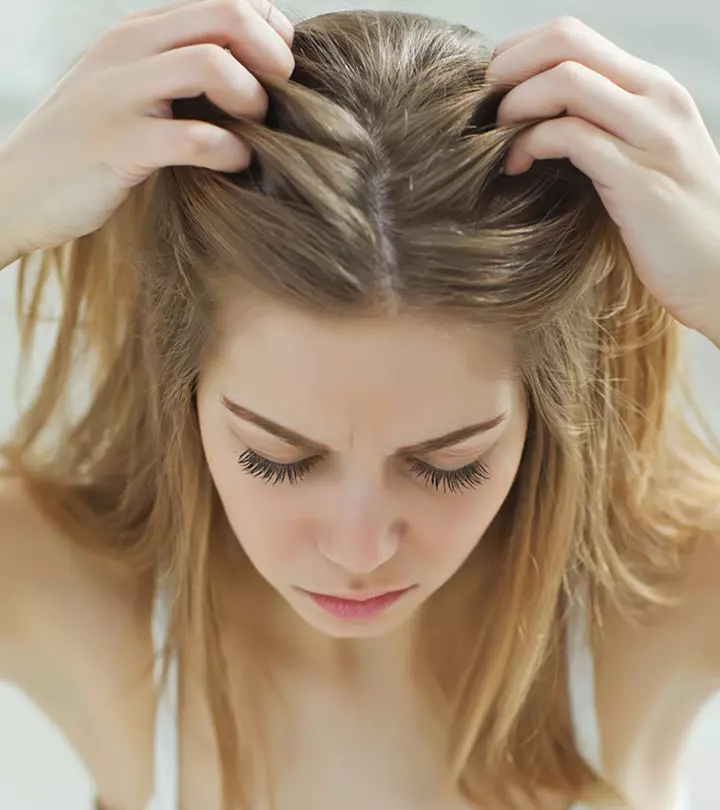
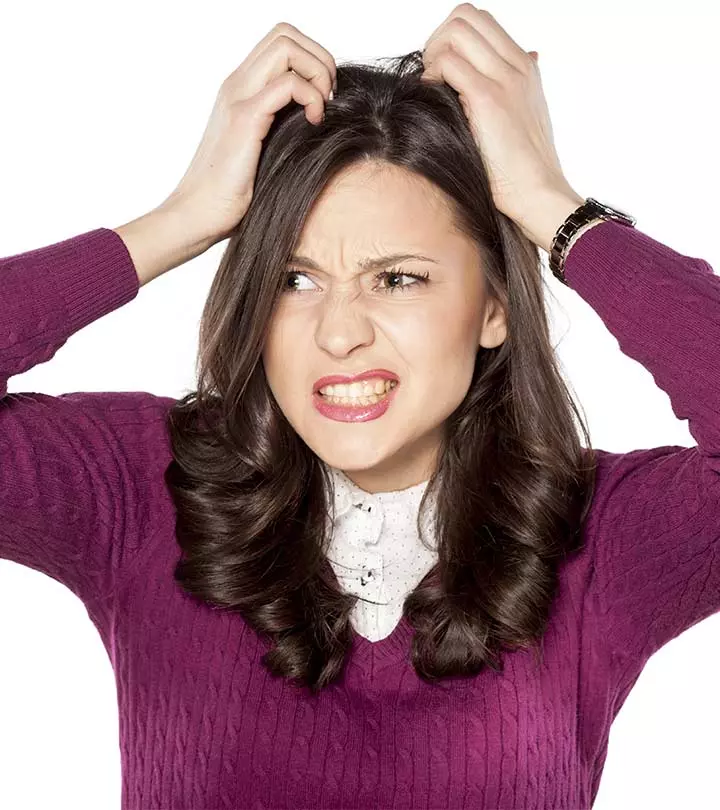
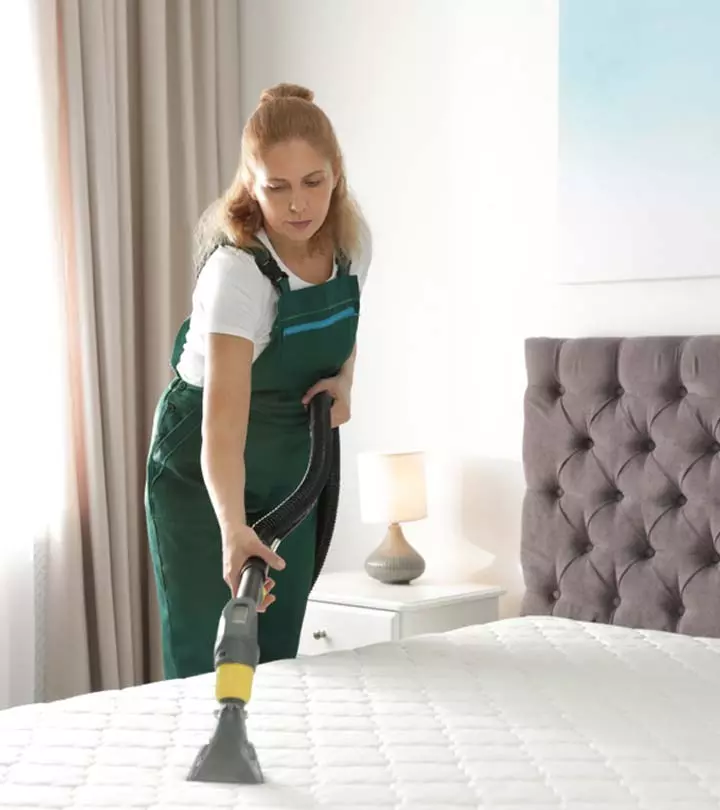
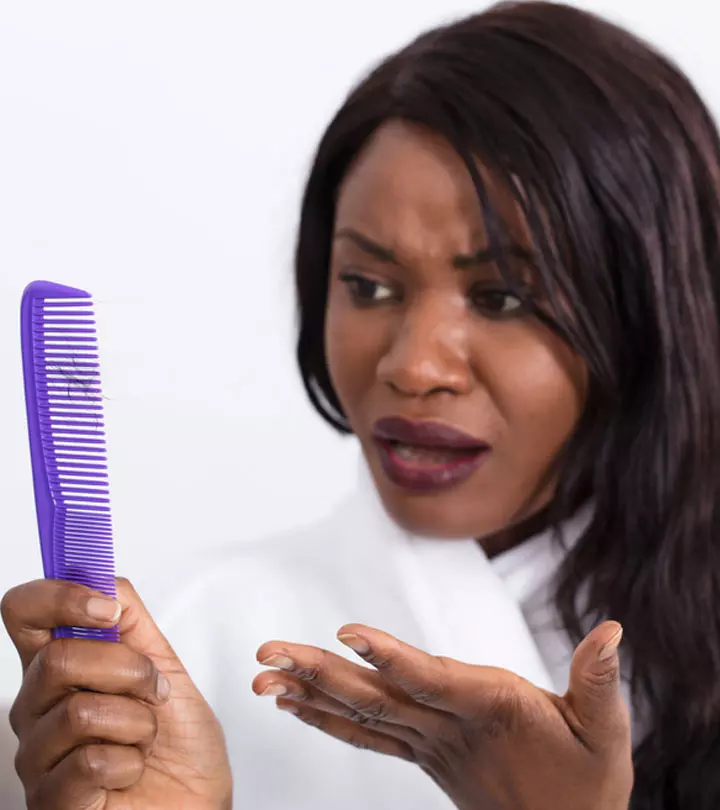
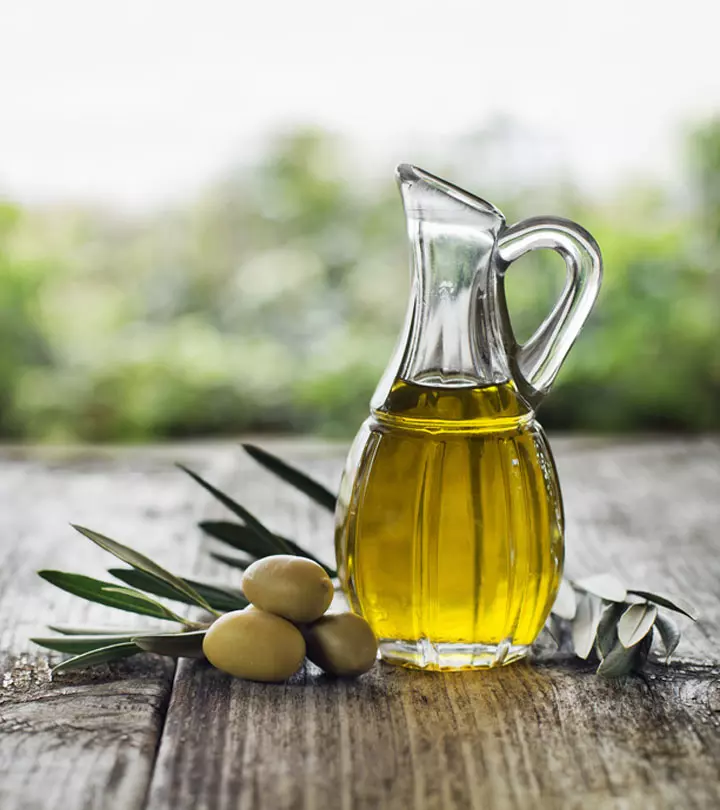
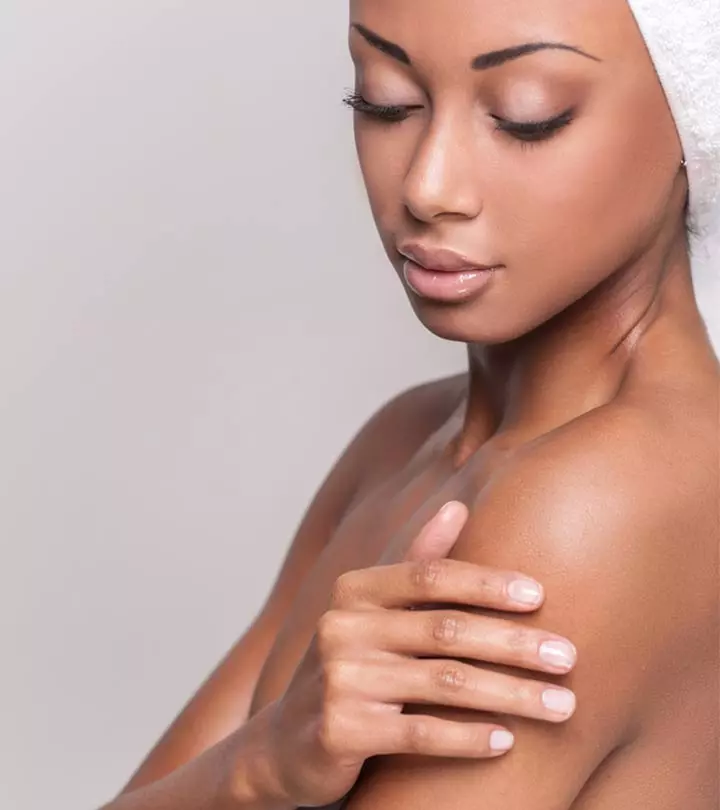
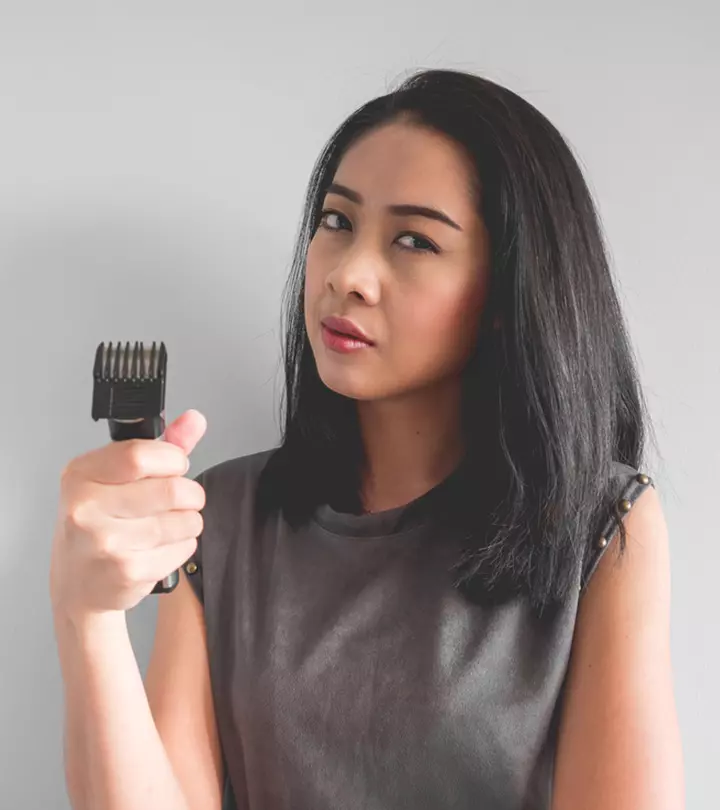
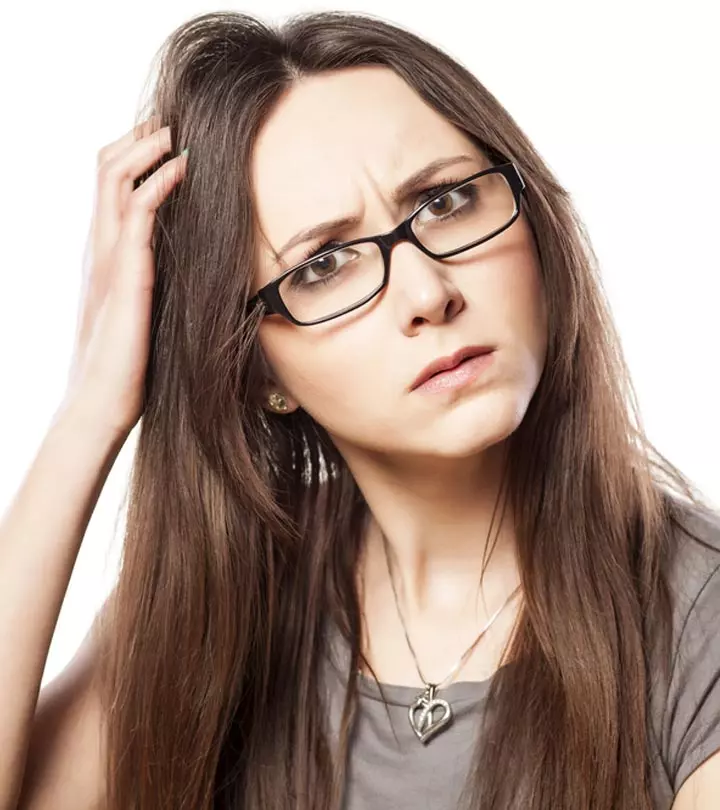
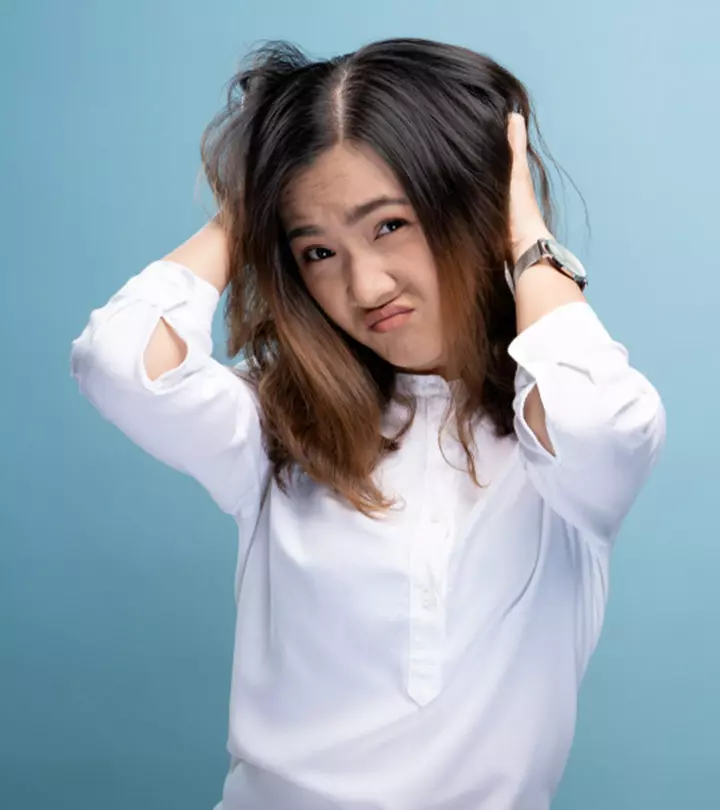

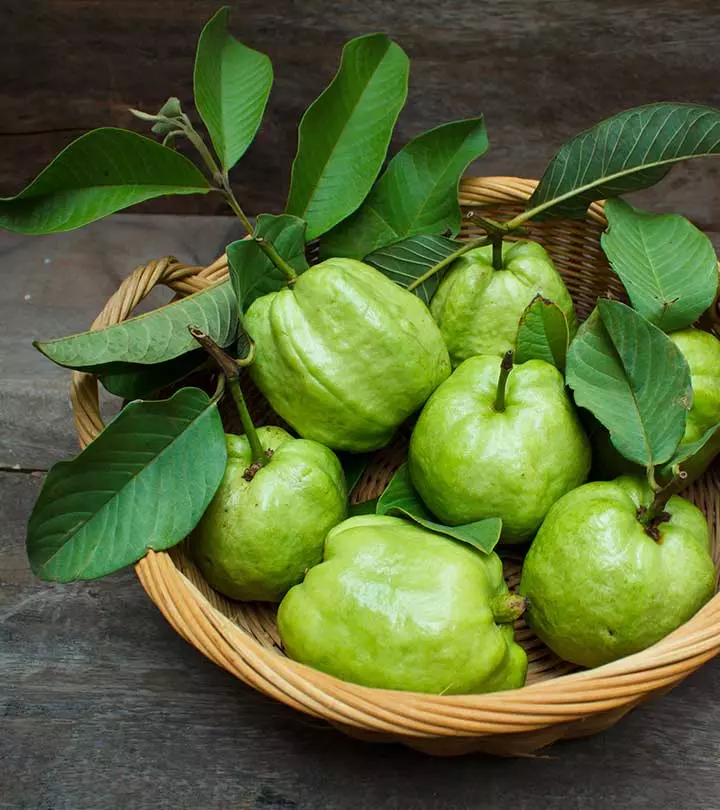
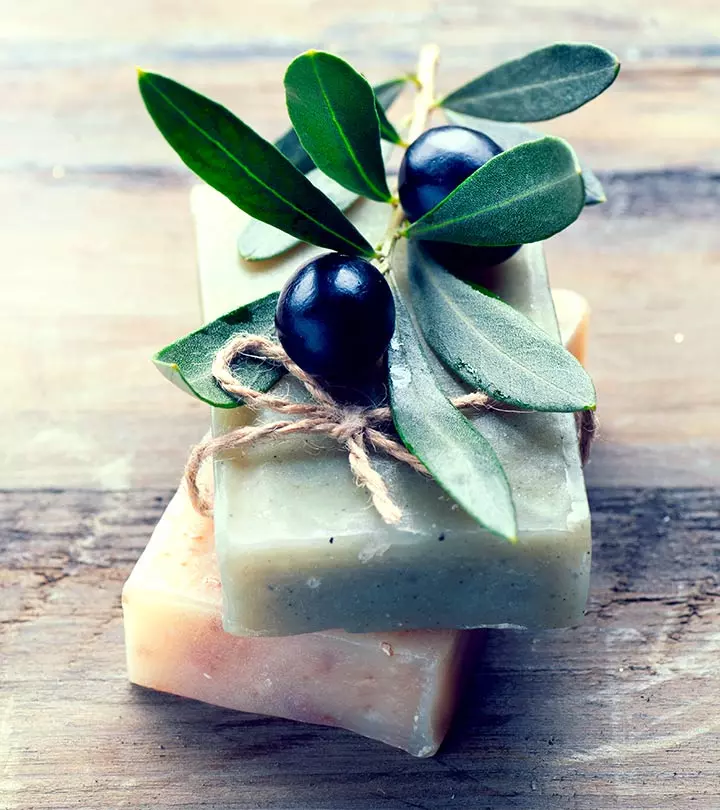
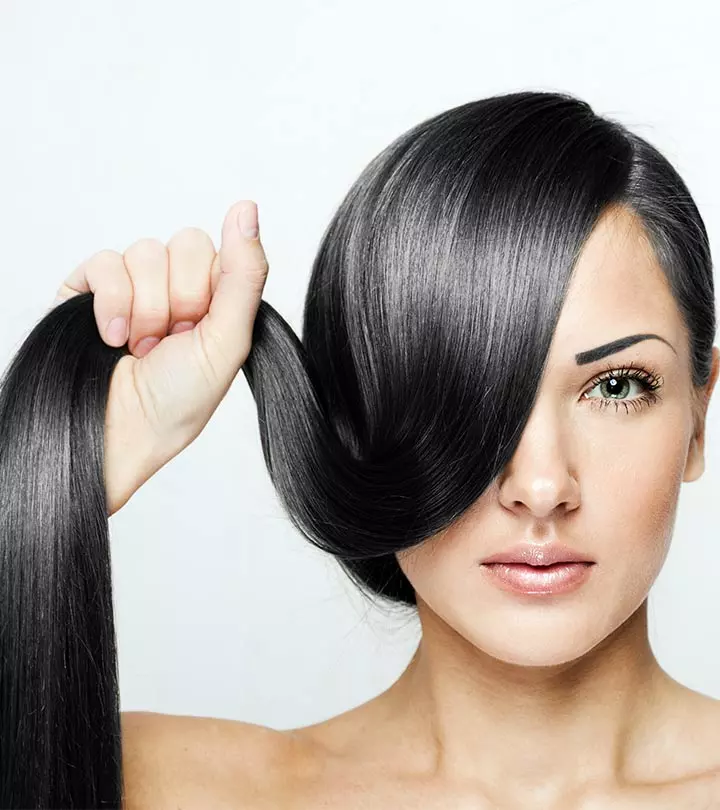

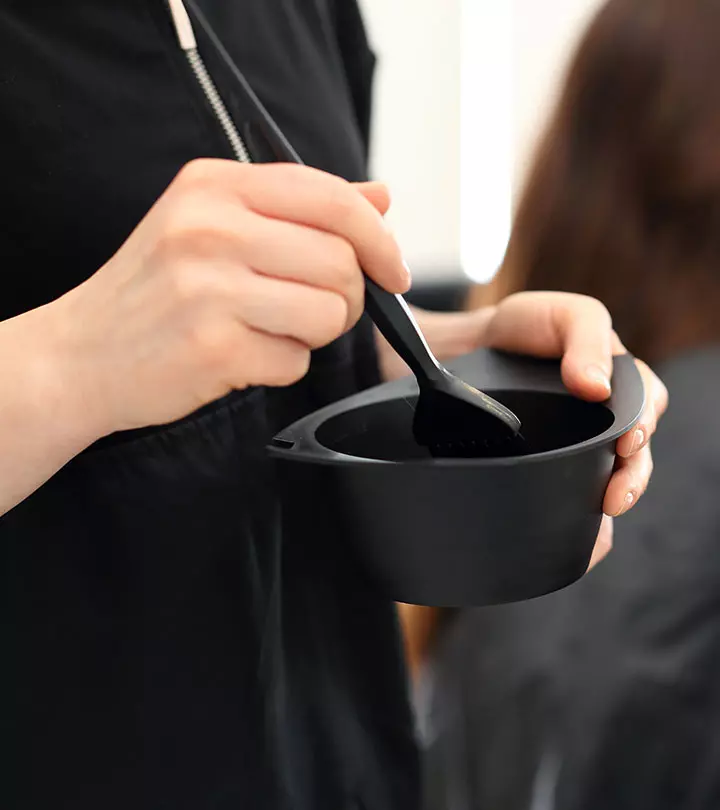
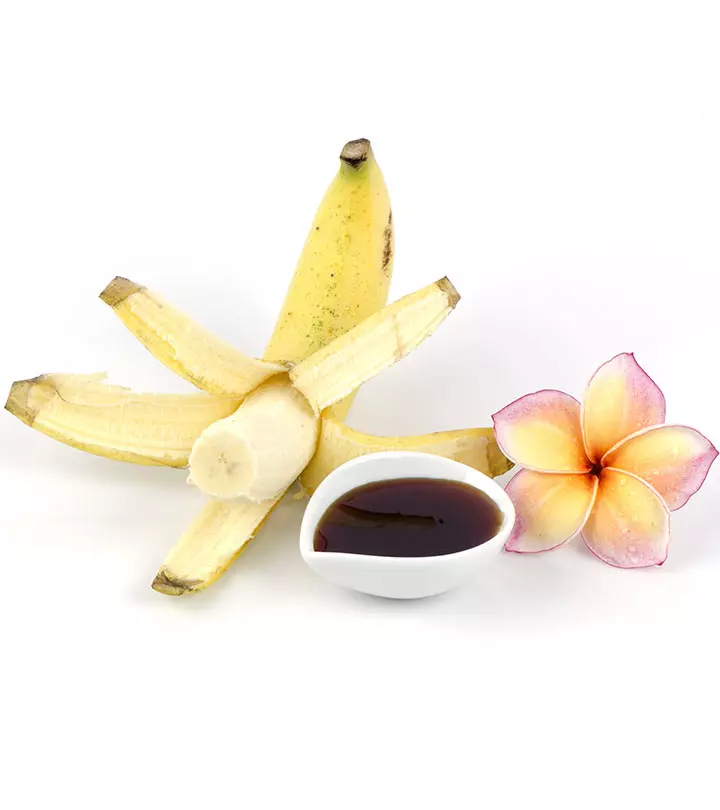
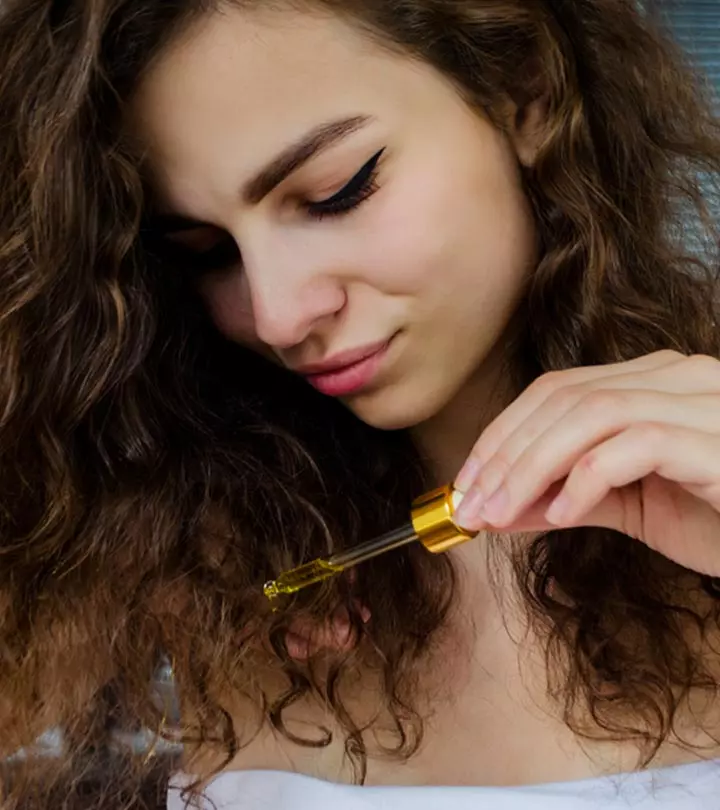
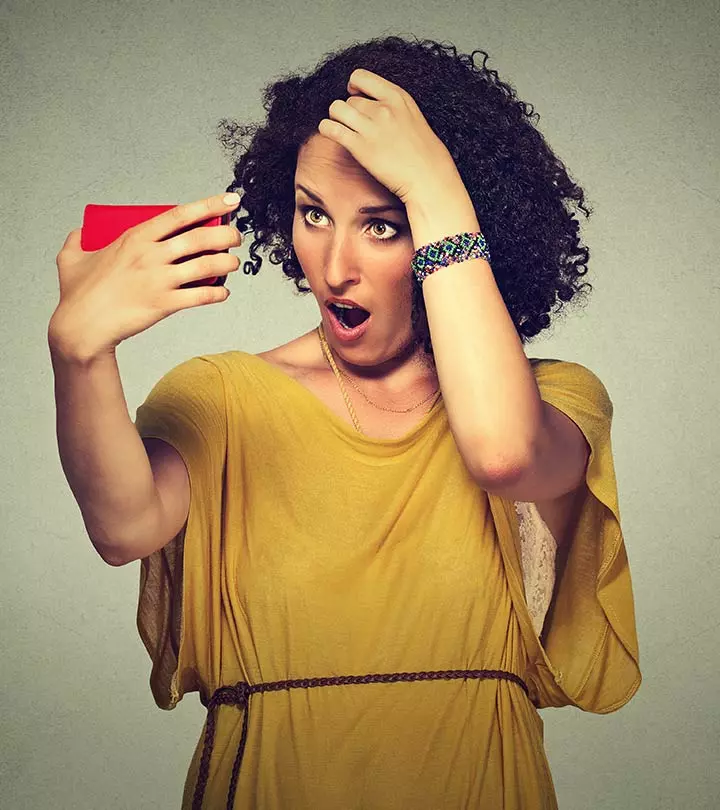

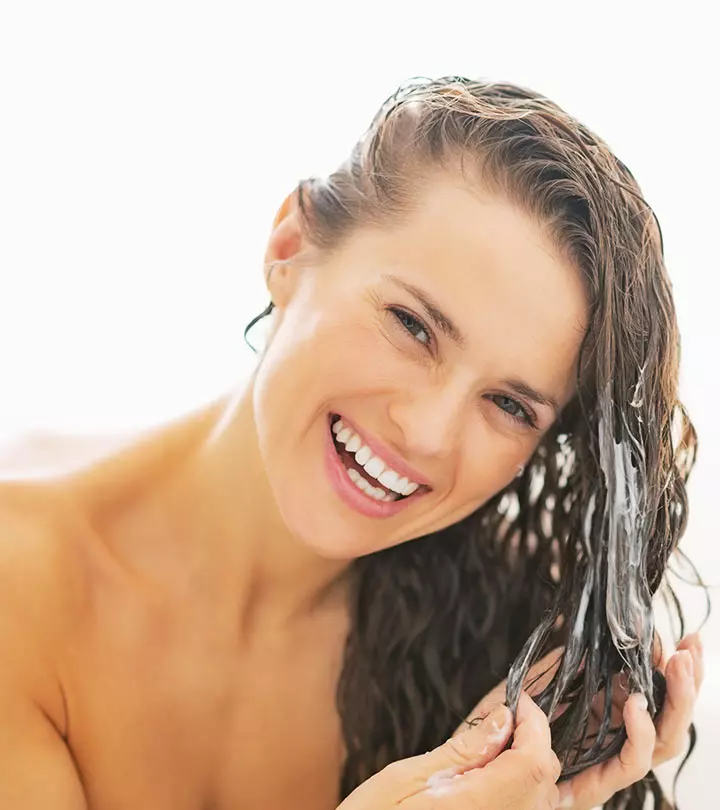
Community Experiences
Join the conversation and become a part of our empowering community! Share your stories, experiences, and insights to connect with other beauty, lifestyle, and health enthusiasts.